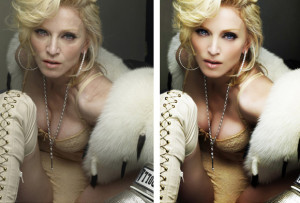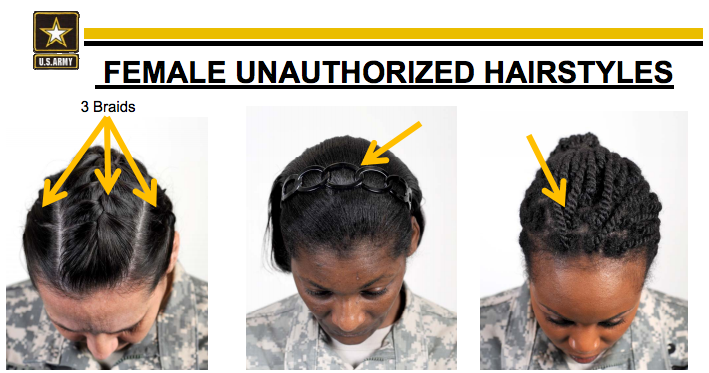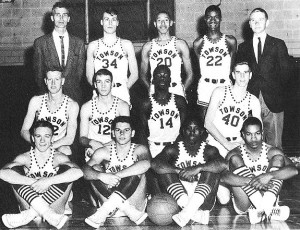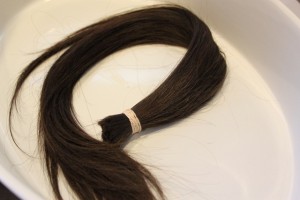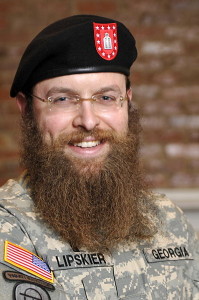Two House Representatives have introduced a bill to regulate the use of photoshop in advertising. Garnering applause from gender justice advocates, H.R. 4341: Truth in Advertising Act of 2014 would require the Federal Trade Commission (FTC) to report to Congress a strategy reducing images in media and advertising that alter a person’s face or body’s physical characteristics.
Several groups set out on the Hill to raise support for the bill. One supporter told reporters that “if photoshopped ads told the same bold-faced lies that they do on images, there would be regulatory action.” But many are not concerned with the misleading nature of the ads — rather, as The Eating Disorders Coalition sees the bill, it is a way to prevent the “negative health outcomes that have been directly linked to these types of images.” Co-sponsoring the bill, Rep. Ileana Ros-Lehtinen, a Republican from Florida, told reporters “the link between false ads and eating disorders becomes increasingly clear every day.”
But the bill is not without opponents. The Association of National Advertisers told Time the bill is “too broad” and goes “too far,” noting that the FTC already has the power to regulate “unfair and deceptive ads.” Enforcement of any such photoshop regulation would raise 1st Amendment considerations, and there is question on how much photoshopping would be too much. One commentator opined that Justice Stewart’s well-known obscenity quote, “I know it when I see it,” would become apt precedent. But unfortunately, the challenges will likely never be made — the bill has a 1% chance of successful passage. Even with such a low likelihood of passage, the bill is seen by many as a success for raising the critique and amassing awareness of the issue.
[image via]

